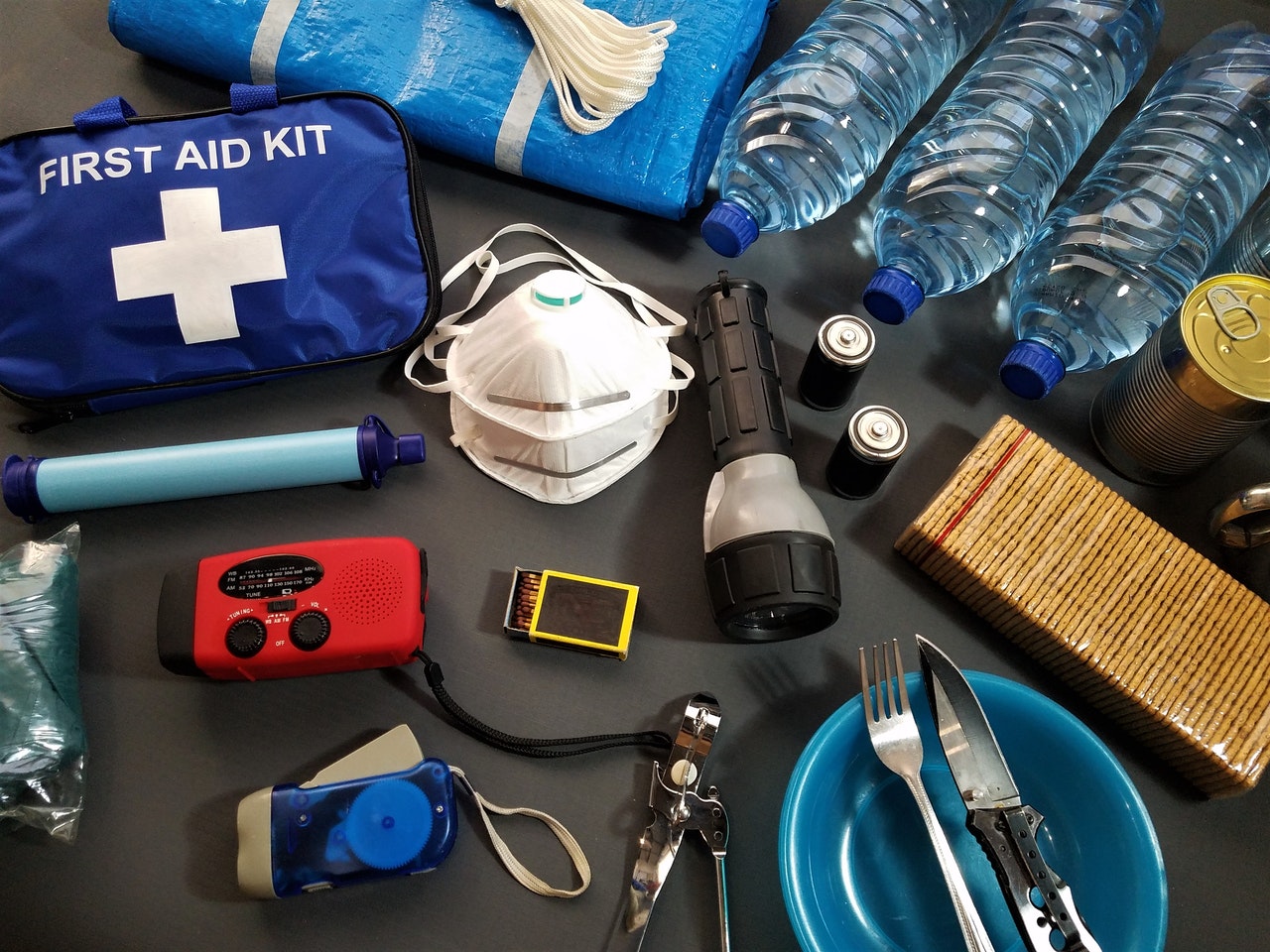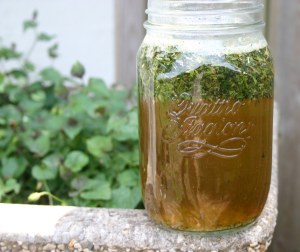You never know what’s around the corner, and it’s always better to be prepared with items that could keep you alive in an emergency. If you’re faced with an extreme weather event, political crisis, conflict, or long-term electricity failure, having the right tools and equipment could mean the difference between making it safely through the emergency and being caught without the basics for life.
Ready to get your survival kit ready and keep yourself and your family alive? Here are seven survival essentials that no prepper should be without.
1. Water Purifier
We can survive for up to two months without food, but only 8-21 days without water. If access to town (or bore) water is cut off, you’ll need a backup that’s safe to consume. For these situations, a personal water purifier and/or water purification tablets give you the option of using other water sources you can find while dealing with potentially harmful bacteria. Of course, if you can, it’s best to boil the water first.
2. Freeze Dryers
After water, the next thing you’ll need is food, and you can only live off crackers for so long before developing a case of scurvy. Today, freeze dryers can be used to dehydrate practically any consumable — from fruit that’s high in vitamin C to soups, meals, and even ice cream. Before a disaster actually occurs, freeze-dry several days’ worth of meals and store them in vacuum-sealed bags. These meals can be stored for several decades, and a few days of work will be well worth it in the long run.
3. First Aid Kit
A survival first aid kit is essential for dealing with minor injuries if no hospital is available. It allows you to deal with things like cuts, burns, eye irritations, and congestion on the spot and prevent wound-related infections from developing. While any first aid kit is far better than nothing, it’s a good idea to invest in a large disaster-preparedness kit with enough medical-grade supplies for a group. You can also find first aid kits that are tailored to specific disasters, such as wildfires.
4. Swiss Army Knife
The Swiss Army Knife was developed in 1880 by the Swiss Army (surprise, surprise!). This multi-tool pocket knife includes an impressive 33 functions with everything from a mini screwdriver and letter opener to knives that are suitable for gutting prey and eating the meals you’ve preserved with a freeze dryer. Even with all of these multitasking components, the compact 3.5-inch size fits easily in your pocket, and it’ll only cost around $25 — a small price to pay for the many practical functions it offers.
5. Headlamp
Whether you face a power outage or a forest at night, a good headlamp will give you the visibility you need to navigate your surroundings and assist others near you while keeping your hands free. Headlamps that are built for survival typically have a very strong beam that can reach a distance of over 330 feet. Many models also include a strobe setting for alerting others that you’re in distress.
6. Shortwave Radio
Communication is vital if you become trapped or distanced from help. Remember the 2018 film Bird Box? The radio was the only way that the fugitives were about to find a safe haven. Shortwave radios, also called weather radios and survival radios, usually offer multiple charging options — including solar, hand-crank, batteries, and power source. Many also include a port for charging your mobile devices, a reading lamp, and an SOS alarm to help emergency workers find your location.
7. Shelter
Survival shelters can include anything from sheets of canvas and one-man sleeping bags to family-size tents with the works. For your survival kit, prepare for the number of people in your family with appropriate shelter from wind, rain, snow, and extreme cold. At the minimum, include a tear-proof polyethylene sleeping bag or survival blanket in each person’s backpack plus a canvas tarp to keep out the wind.
8. Lightweight Backpack
All of this careful preparation will count for naught if you don’t have a good backpack to keep it all together and ready to pick up and go in an instant. For survival situations, you want a lightweight, rugged backpack with plenty of pockets for storing your gear. If possible, store your water filter, the food you’ve prepared using freeze dryers, your first aid kit, tools, radio, and shelter in separate compartments for easy access.
You Can Never Be Too Prepared
In the best-case scenario, you’ll never need to pack and leave your house at a moment’s notice. However, it’s much better to be over-prepared than caught by surprise.
In addition to collecting these must-have prepper items and preparing freeze-dryer meals, make sure that you continually brush up your skills in first aid, knot-tying, fire-starting, and hunting and foraging in the wild. You’ll feel much more confident to face life with ease and help others who might need assistance along the way.





